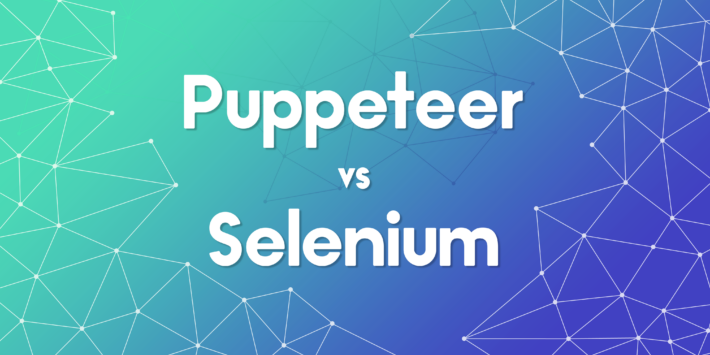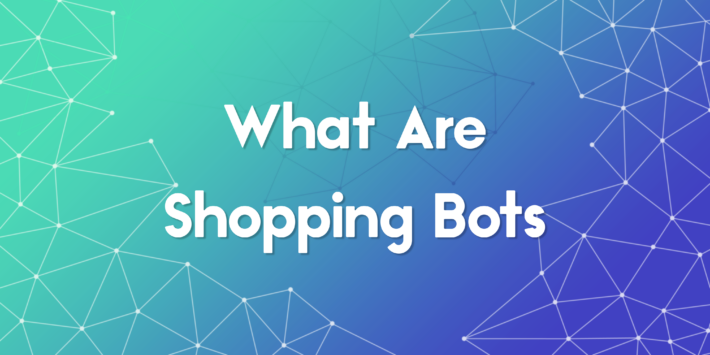Top 7 Workflow Automation Platforms in 2025

The Top 7 workflow automation platforms in 2025 are redefining how developers, marketers, and businesses manage their daily tasks. As technology continues to evolve, the demand for flexible, scalable, and visual automation platforms is growing rapidly. Whether you are orchestrating complex backend tasks or just connecting your favorite apps, these platforms make automation accessible to everyone.
Understanding the Power of Automation in 2025
Automation websites have become essential tools for streamlining repetitive tasks, improving accuracy, and saving time across industries. The best platforms now combine code-friendly logic with visual builders, bridging the gap between developers and non-technical users. The Top 7 workflow automation platform in 2025 showcase how far this technology has come. From marketing automation to browser-based testing, each entry provides practical tools for every stage of the digital workflow. Let’s dive into these solutions and explore what they offer.
n8n
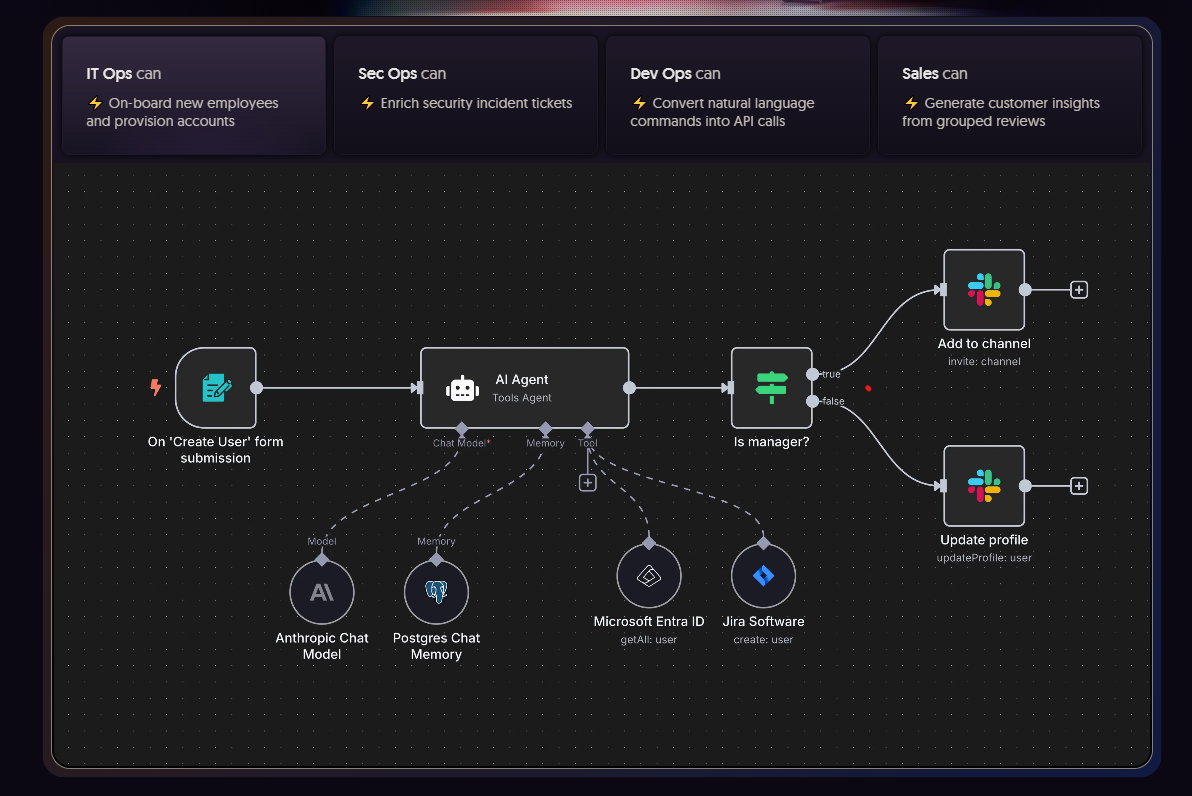
n8n, short for “node to node,” launched in 2019 and has rapidly grown into one of the most flexible open-source automation platforms. It enables users to build complex workflows visually or with code, making it a favorite among developers and startups.
Its primary service is its open-source workflow automation engine that supports over 300 integrations with various apps and APIs. You can self-host it or use their cloud version.
What sets n8n apart is its ability to run JavaScript inside workflows, giving full programmatic control when needed. This makes it a hybrid between visual builders and custom scripting solutions.
In 2025, n8n introduced a built-in AI module that helps you auto-generate workflows from natural language descriptions, which accelerates development time.
Make (formerly Integromat)
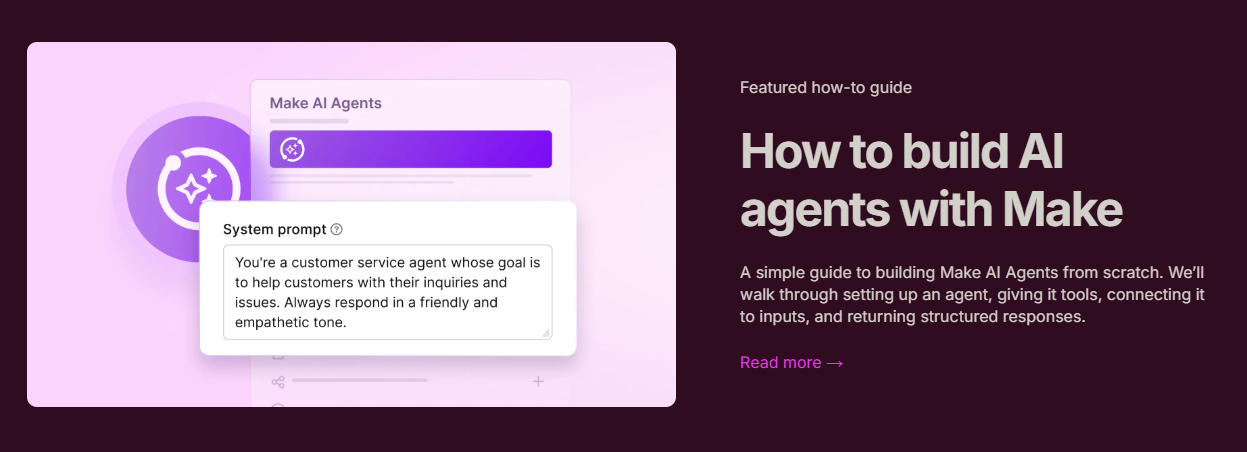
Make is known for its beautiful visual interface that helps users build automation scenarios through a simple drag-and-drop system. It was launched in 2016 and later rebranded from Integromat to Make.
Its strength lies in connecting multiple services with conditional logic, error handling, and modular path splitting. Make supports both simple automations and enterprise-grade scenarios.
Make differentiates itself with its low-code interface that still allows for advanced scripting when required. Developers love the visual debugger and task replay function.
In 2025, Make rolled out scenario templates powered by community contributors, enabling faster deployment for common use cases like CRM syncing and inventory updates.
Zapier
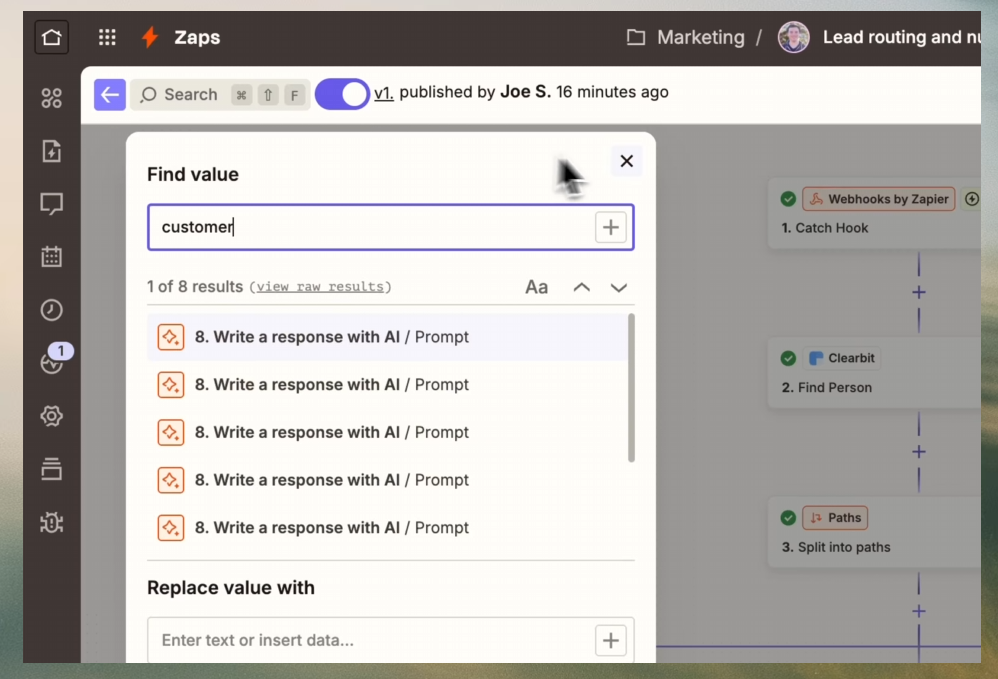
Zapier is one of the earliest automation websites, founded in 2011. It became a go-to platform for marketing teams, sales departments, and freelancers who needed easy-to-build automations with minimal setup.
Zapier’s core feature is its “Zap” system that connects over 6,000 apps with trigger and action logic. It is highly accessible with a smooth onboarding experience.
The major differentiator is its simplicity. You can build multi-step workflows with conditional logic without writing a single line of code.
In 2025, Zapier added deeper support for data formatting, webhook delays, and parallel branching, making it more powerful for developers than ever before.
Selenium
Selenium is an open-source browser automation framework initially released in 2004. It has become the backbone of browser testing automation and remains highly relevant in 2025.
Selenium is known for automating web browser interactions. It is widely used in quality assurance, continuous integration pipelines, and web scraping projects.
Its key advantage is compatibility across all major browsers and programming languages like Python, Java, and C#.
In 2025, Selenium introduced native support for mobile browser automation and a visual test builder to support non-coders looking to automate website testing.
Playwright
Playwright is a newer browser automation library developed by Microsoft, released in 2020. It is often considered a more modern alternative to Selenium, with better support for single-page applications and dynamic elements.
It supports Chromium, Firefox, and WebKit, and allows parallel execution of browser contexts, which improves speed in testing scenarios.
Playwright differentiates itself with its auto-wait feature, capturing screenshots, and supporting codegen to convert user actions into code.
In 2025, Playwright added an automation dashboard and CI integration kit, making it a top choice for developer-centric automation website solutions.
Parabola
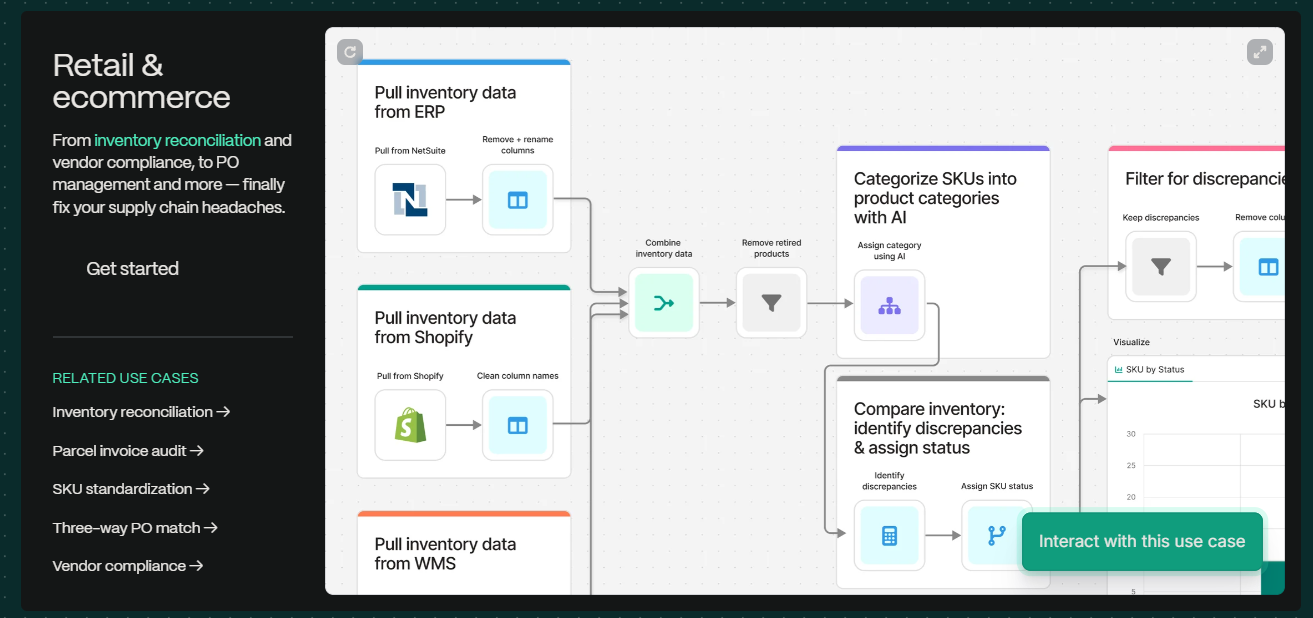
Parabola is a browser-based automation platform launched in 2018 and targeted at data teams, ecommerce brands, and marketers who need to manipulate data without writing code.
It works by allowing users to visually map out workflows that manipulate CSVs, APIs, and ecommerce product feeds. It’s a great option when Excel or Sheets become too limiting.
What makes Parabola unique is its batch-processing capability and visual data transformation tools that make working with large datasets smooth and intuitive.
In 2025, Parabola added Shopify Plus integrations and AI-enhanced transformation steps, giving ecommerce brands a big boost in efficiency.
Pipedream
Pipedream is a serverless automation website designed for developers. It allows you to write Node.js, Python, or Bash scripts directly in your workflows and deploy them instantly.
It’s known for being API-centric and event-driven. You can connect to over 1,000 apps or run custom logic inside secure cloud functions.
Pipedream stands out with its native support for real-time triggers like webhooks, cron jobs, and queues. It combines the power of serverless computing with workflow automation.
In 2025, Pipedream introduced integration with n8n and Make, allowing seamless handoffs between platforms. This is a game changer for teams using multiple automation tools.
Practical Use Cases for the Top 7 Workflow Automation Platforms in 2025
- Automating lead collection from Facebook Ads using Zapier and syncing to Google Sheets
- Scraping job listings using Playwright and sending data to Airtable
- Orchestrating backend APIs using n8n to handle ecommerce order status updates
- Building a cross-browser testing suite using Selenium for an international travel website
- Processing CSV product updates through Parabola and syncing them with Shopify
Why It’s Worth Investing in Workflow Automation Now
The Top 7 workflow automation platform in 2025 each provide valuable tools that align with your automation needs. Whether you are managing ecommerce flows, API orchestration, or browser automation, these solutions have matured into powerful platforms. Start with one that fits your technical comfort level. For simple tasks, try Zapier or Make. For more complex workflows, explore n8n, Playwright, or Selenium. The key is to choose tools that can grow with your business, not ones that force you into limitations. Automation is no longer optional in 2025. It is the core of scalable digital operations.
